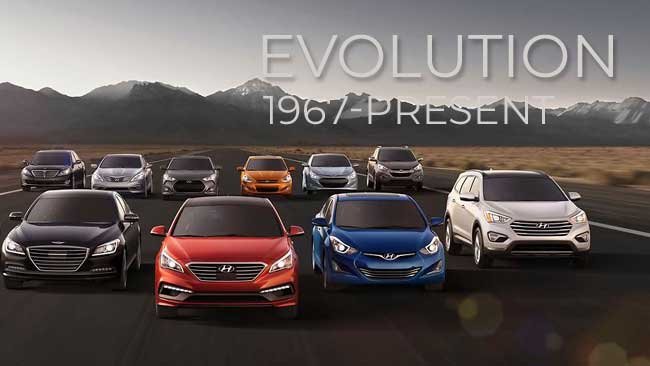Since its inception in 1967, Hyundai has grown from a regional automaker in South Korea to a global powerhouse in the automotive industry. Initially focused on producing affordable cars for the domestic market, Hyundai quickly expanded its horizons, venturing into international markets by the 1980s. This expansion was accompanied by a gradual evolution in its design philosophy, blending Korean aesthetics with global automotive trends.
The Early Years: Functionalism and Adaptation
In the early decades of Hyundai’s existence, the design ethos was primarily functional. Cars were designed to be reliable, economical, and accessible, reflecting the needs of a rapidly modernizing Korean society. Designs were often derivative, drawing inspiration from established Japanese and European models. For instance, the Hyundai Pony, launched in 1975, resembled many contemporary Japanese sedans but was adapted to suit Korean road conditions and consumer preferences.
Case Study: Hyundai Pony (1975)
- Introduced as Hyundai’s first mass-produced model.
- Design influenced by Japanese and European sedans of the era.
- Emphasized affordability and practicality over stylistic innovation.
Breaking Ground: Hyundai Enters the Global Stage
By the 1990s, Hyundai began to assert itself as a serious contender in the global automotive market. This period marked a significant shift in design philosophy, as Hyundai sought to establish a distinctive identity while catering to diverse international markets. The company collaborated with renowned design houses and recruited top talent from around the world to infuse fresh perspectives into its design language.
Global Collaboration: Hyundai-Kia Design Center
- Established in the early 2000s to centralize design efforts for both Hyundai and Kia brands.
- Located in Namyang, South Korea, with additional studios in Europe and the US.
- Focused on integrating global design trends with Korean cultural elements.
The Modern Era: Innovation and Differentiation
In recent years, Hyundai has distinguished itself through innovative design and technological advancements. The introduction of the Fluidic Sculpture design philosophy in 2010 marked a turning point, emphasizing fluid lines and dynamic forms inspired by nature. This approach not only enhanced aesthetics but also improved aerodynamics and fuel efficiency across Hyundai’s lineup.
Also Read : Exploring the Creative Minds Behind Hyundai Cars
Case Study: Hyundai Sonata (2020)
- Adopted Hyundai’s Sensuous Sportiness design language.
- Features a sleek exterior with sharp lines and a bold front grille.
- Integration of advanced driver-assistance systems and eco-friendly powertrains.
Future Directions: Sustainability and Autonomous Design
Looking ahead, Hyundai is poised to lead in sustainable mobility and autonomous driving. The company has committed to expanding its electric vehicle (EV) lineup and integrating cutting-edge technologies such as artificial intelligence (AI) and machine learning into future designs. Hyundai’s design philosophy continues to evolve, reflecting a deep-seated commitment to innovation, sustainability, and customer-centricity.
Electric Evolution: Hyundai Ioniq 5 (2023)
- First model under Hyundai’s dedicated EV brand, Ioniq.
- Showcases Hyundai’s commitment to eco-friendly design and advanced technology.
- Features a futuristic exterior and spacious interior enabled by a dedicated EV platform.
Conclusion: The Art and Science of Hyundai Car Designs
In conclusion, Hyundai’s journey from a regional automaker to a global leader in automotive design is a testament to its adaptability, innovation, and commitment to quality. Through strategic collaborations, technological advancements, and a distinct design language, Hyundai continues to redefine the boundaries of automotive excellence. As the industry evolves towards sustainable mobility and autonomous driving, Hyundai is well-positioned to drive the future of automotive design forward, enriching the lives of drivers worldwide.
This article provides a comprehensive overview of Hyundai’s evolution in car design, incorporating historical context, key case studies, and insights into future trends. It aims to inform and engage readers interested in automotive design and the evolution of global brands.
(source)
Originally posted 2024-07-15 07:23:40.
